
This week, the herds of the Great Migration are moving northward in the Triangle towards Angama Mara. What I find fascinating about the Migration is not just the sheer numbers (which is mind-blowing in itself), but the ability of these animals to locate food and water which still remains largely mysterious.
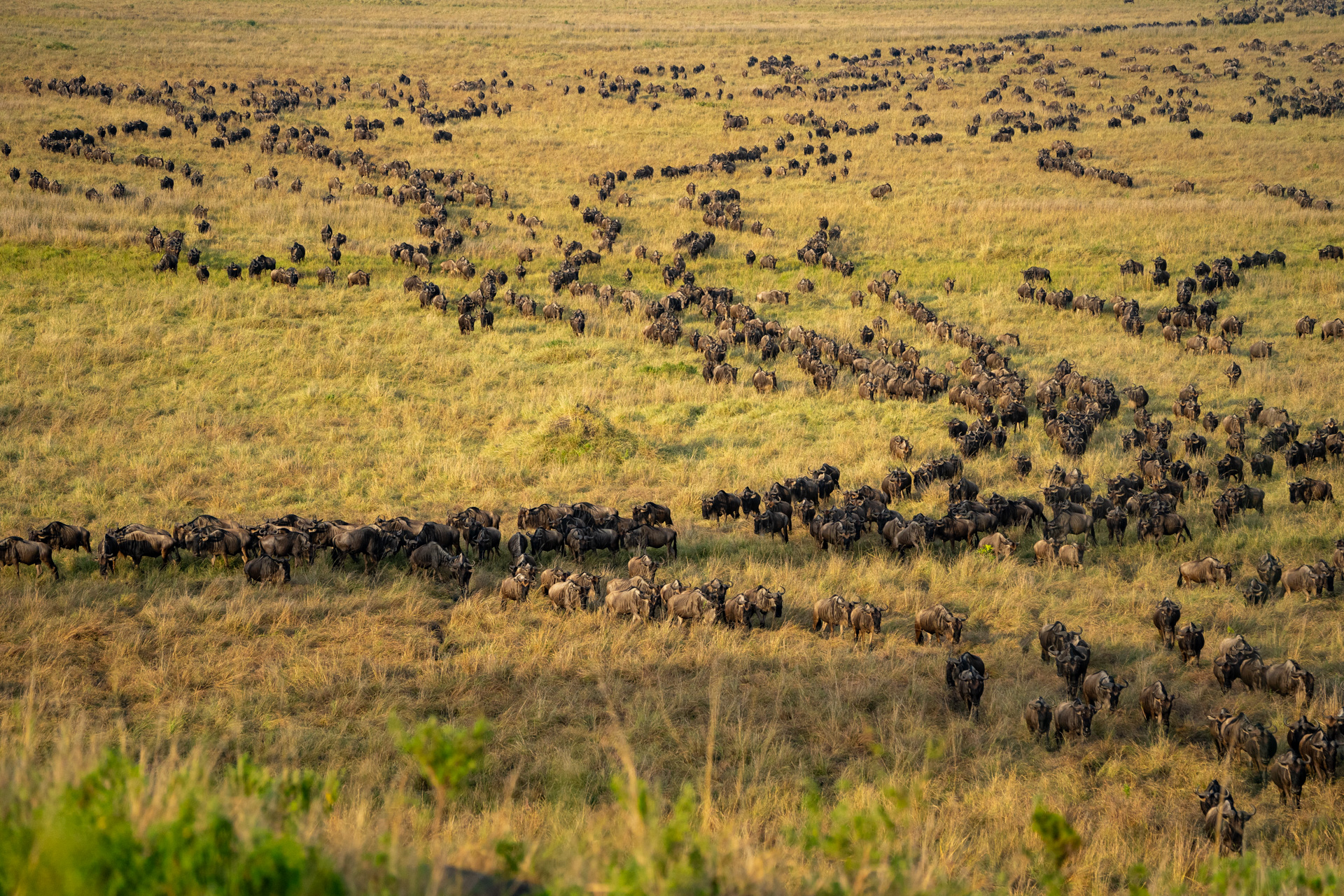
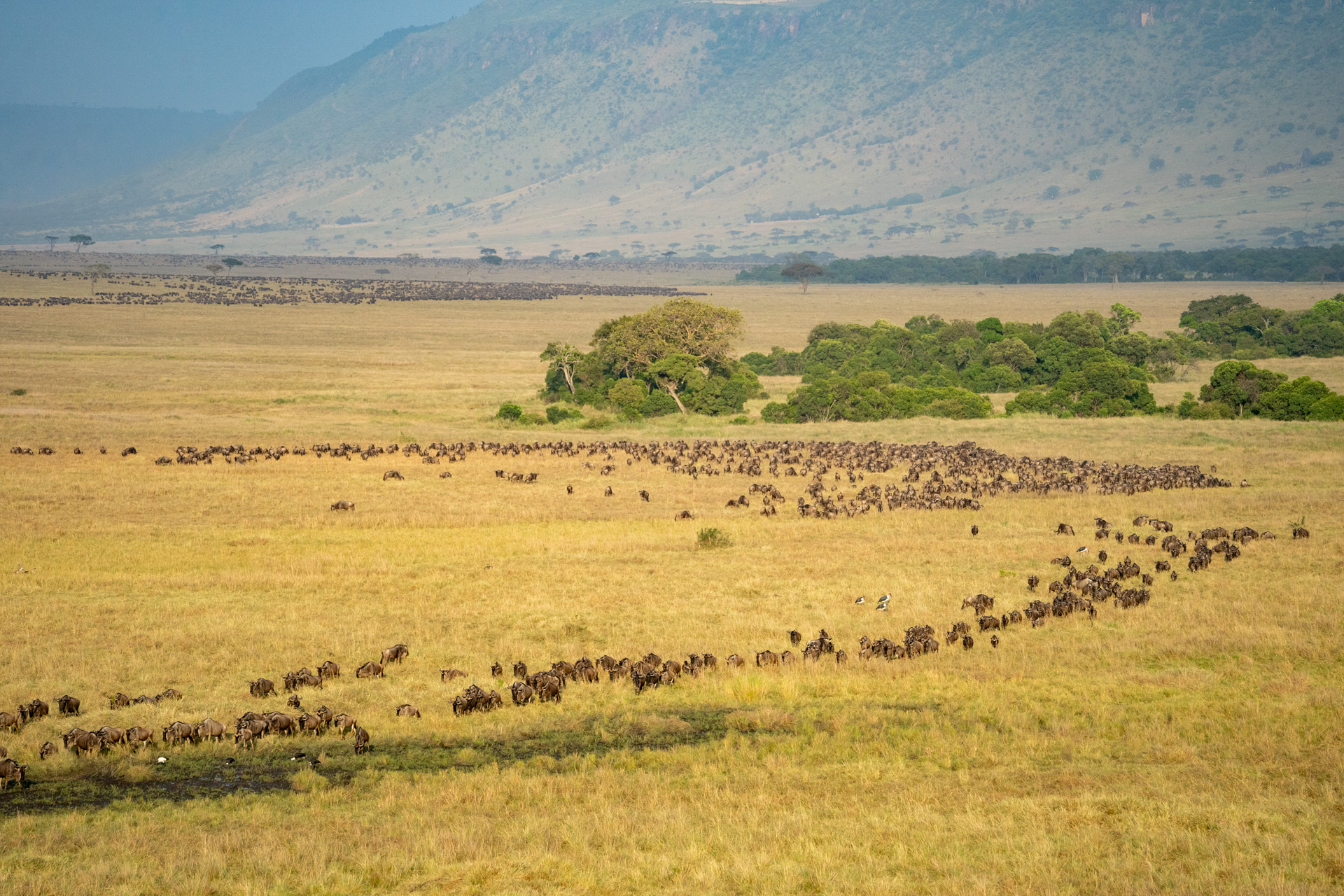
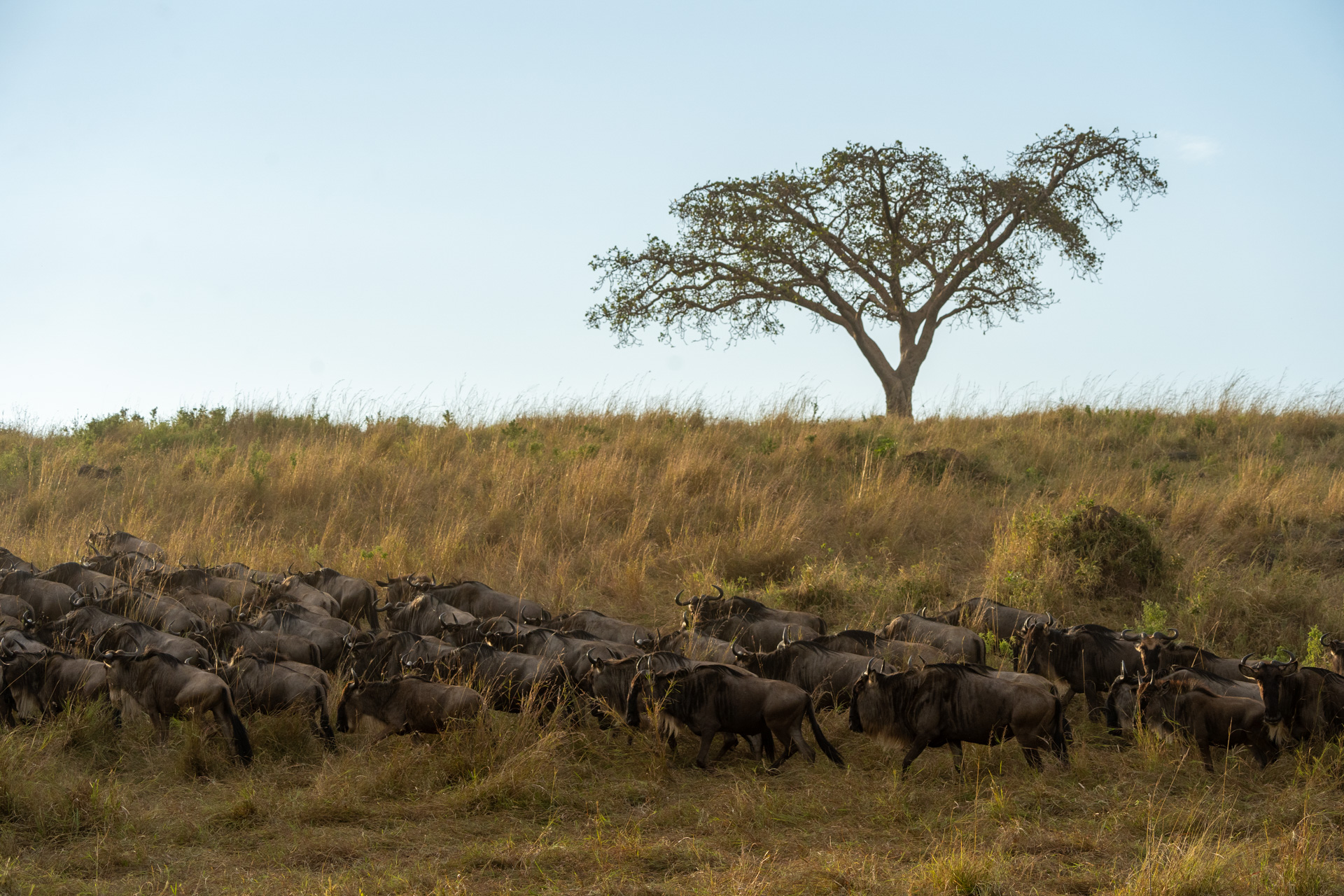
Researchers have proposed hypotheses about their behaviour, citing weather patterns and the alternating rainy and dry seasons as being the main factors that determine the herds' movements. However, due to the unpredictability of rainfall and weather, it's impossible to accurately predict the movement and duration they will spend in a specific area.
As I write this, the herds are in the Triangle and we are loving all the wild drama that comes with it.
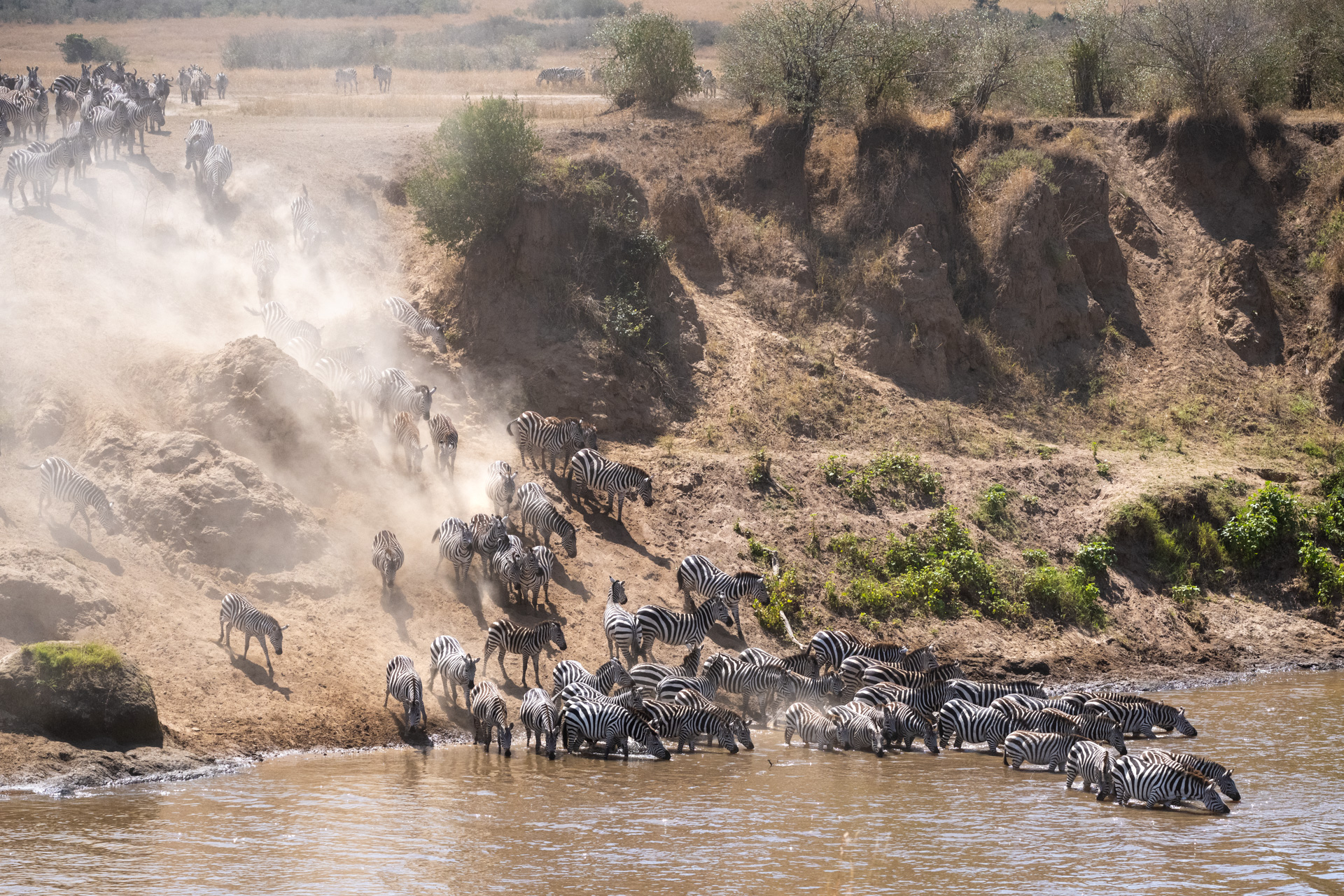
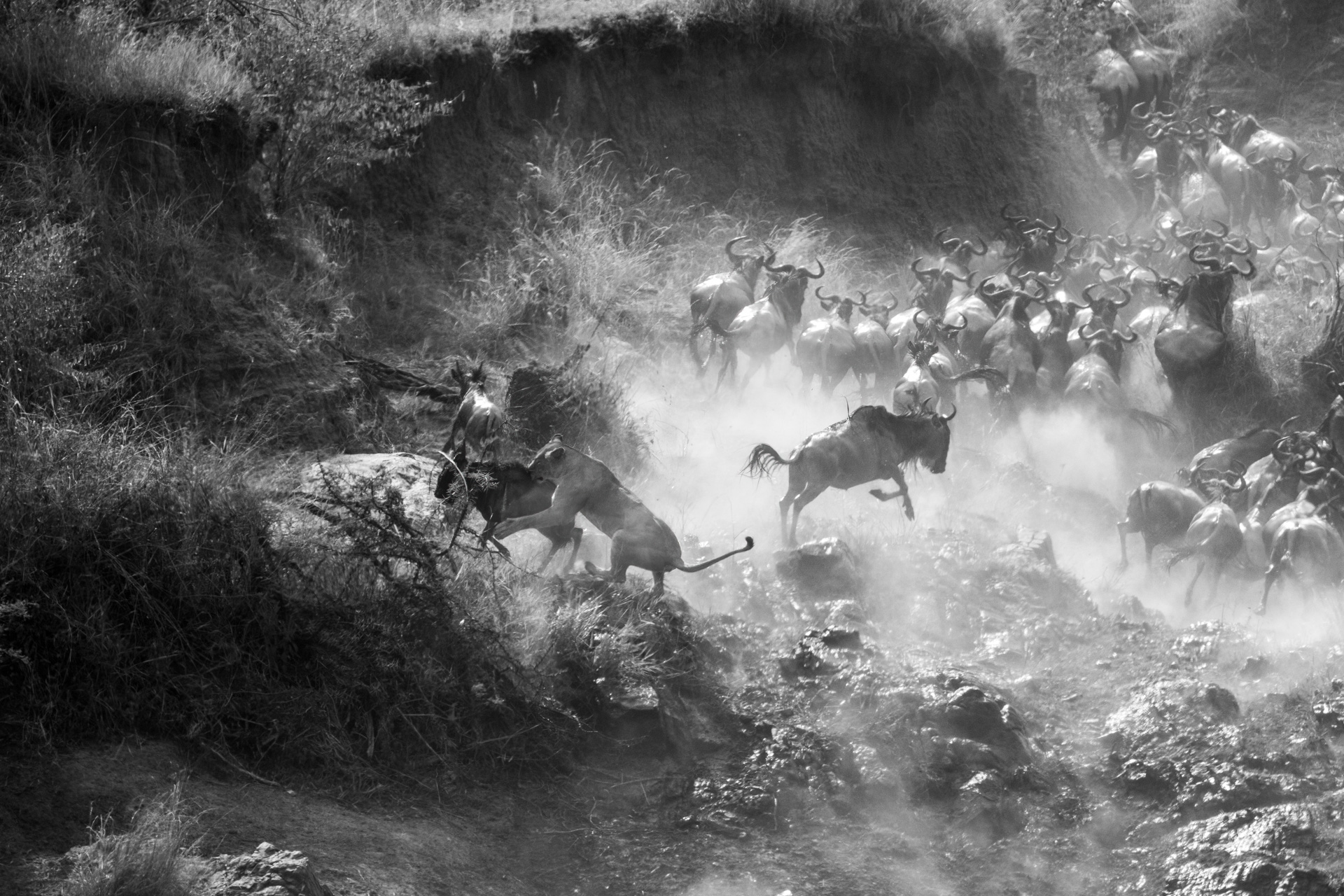
During a photographic tuition safari, one of the offerings at The Angama Photographic Studio, I embarked on a mission with guests to capture exceptional shots where light served as the essential ingredient. Setting out early to take advantage of the sunrise, the presence of low-lying grey clouds contributed to the creation of captivating light rays, resulting in a beautiful dramatic scene. Guest Cosay Altug exhibited quick learning and a keen eye — seizing the opportunity to photograph a large family of elephants strolling away into the beautifully illuminated sky.
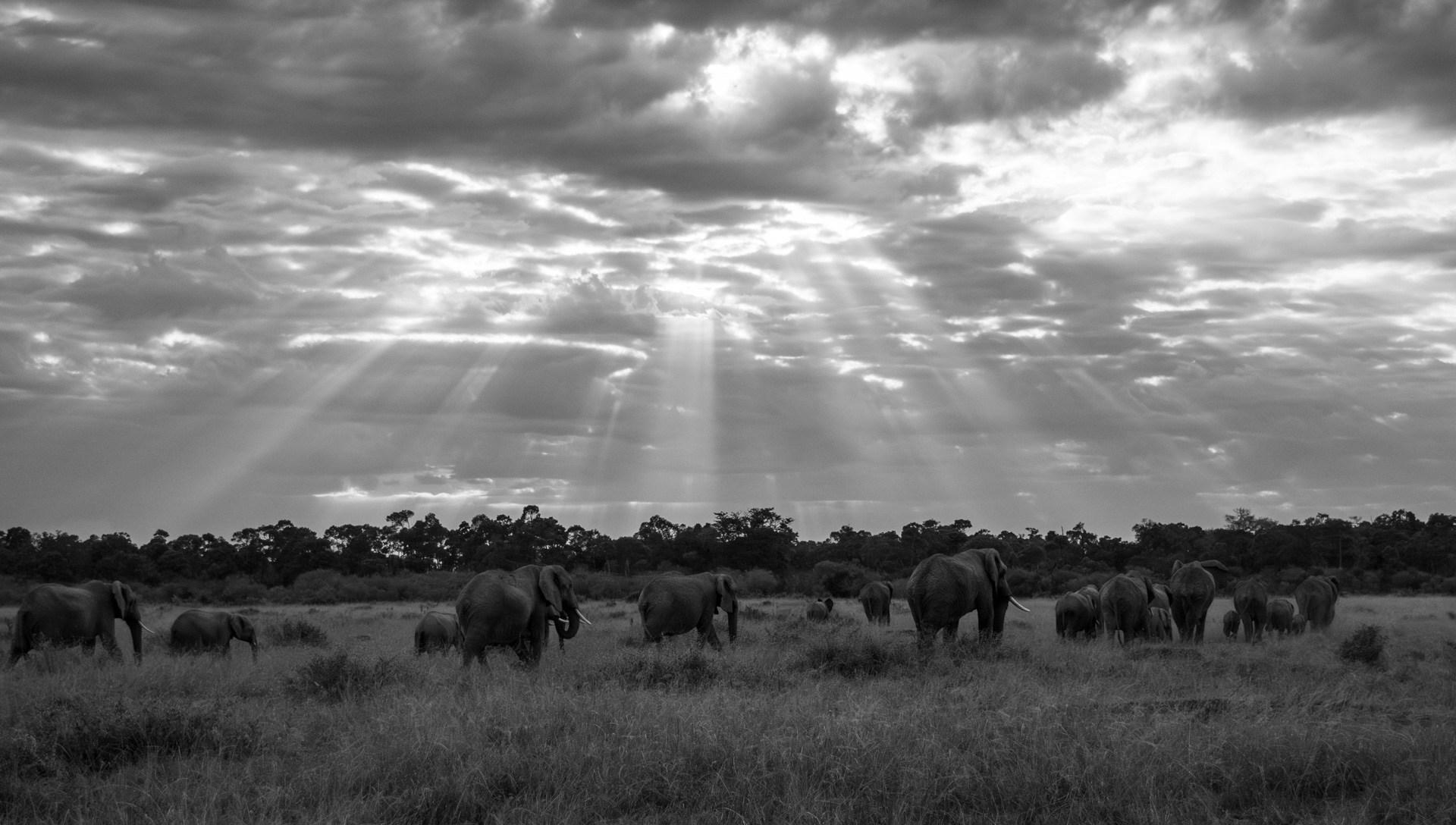
Capitalizing on the substantial wildebeest population within their territory, the Nyati Six brothers are exploiting every advantage available to them. These famous siblings have now adapted their diet to include the easily accessible wildebeest. While their usual preference leans toward buffalo, it appears that they are affording the buffalo a respite during the Migration season.


A few minutes drive away from this scene, more lionesses were seen feasting. This is a clear reflection of the Migration's abundance of prey for the carnivores.
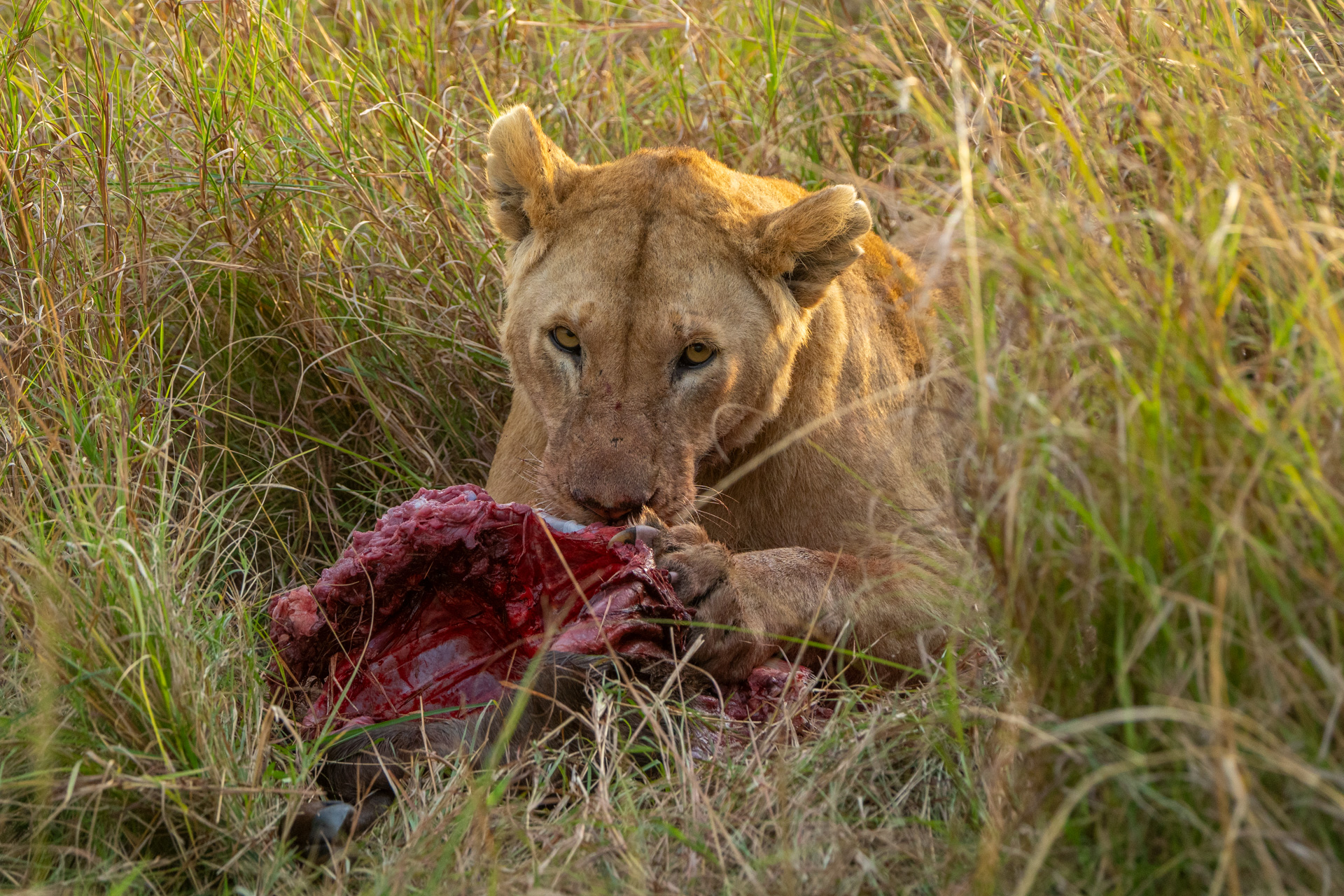
This landscape offers incredible wildlife encounters daily and Angama guides get to witness most of them firsthand. Guide Eric and his guests came across the ever-impressive and striking martial eagle, graciously feeding on what appeared to be a young Thomson’s gazelle. No one had seen it hunting, just as the gazelle never saw it coming. It quickly fell victim to this apex predator, one of Africa’s largest and most powerful eagles.

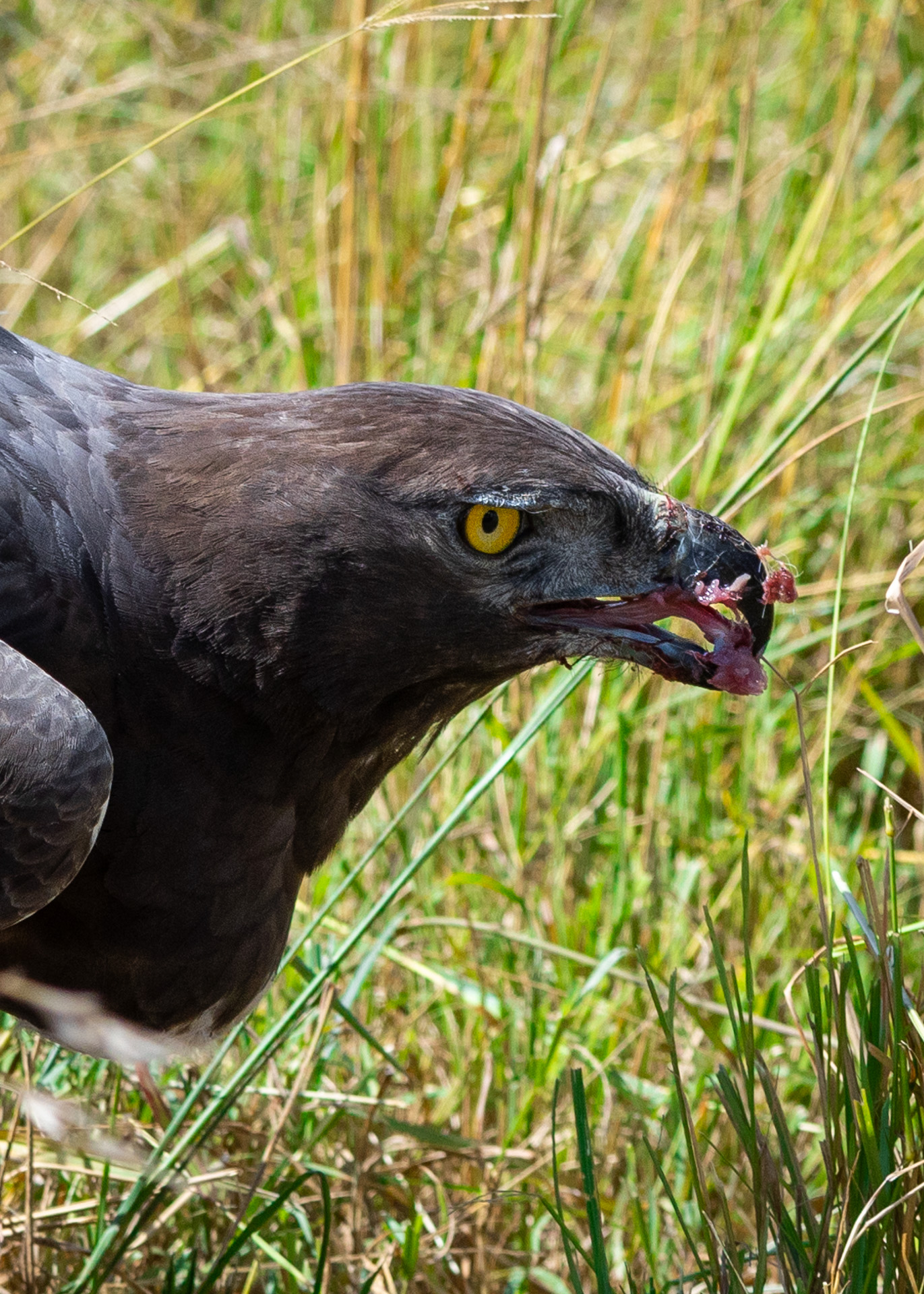
The diligent cleanup crew has certainly been hard at work recently, tirelessly managing an abundance of debris. Among these unsung heroes, hyenas and vultures play a vital role in maintaining the delicate balance of the ecosystem. Through their voracious consumption of leftover remains from the feasts of big cats or the natural passing of animals, these remarkable creatures play a crucial role in preserving the environment's health. Their efforts extend beyond the mere act of scavenging — they also serve as guardians against the potential outbreak of diseases that could easily spread from decaying carcasses.
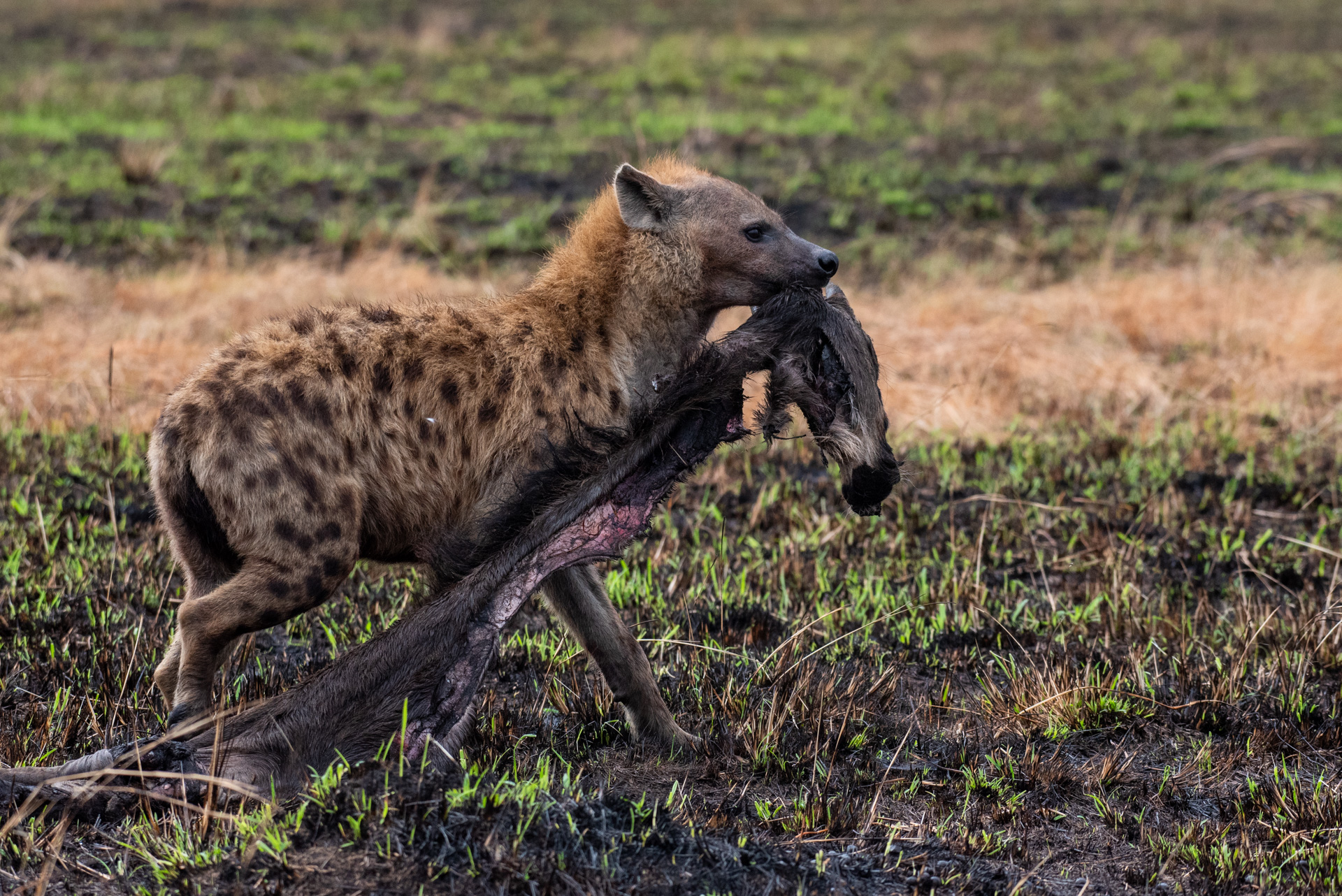
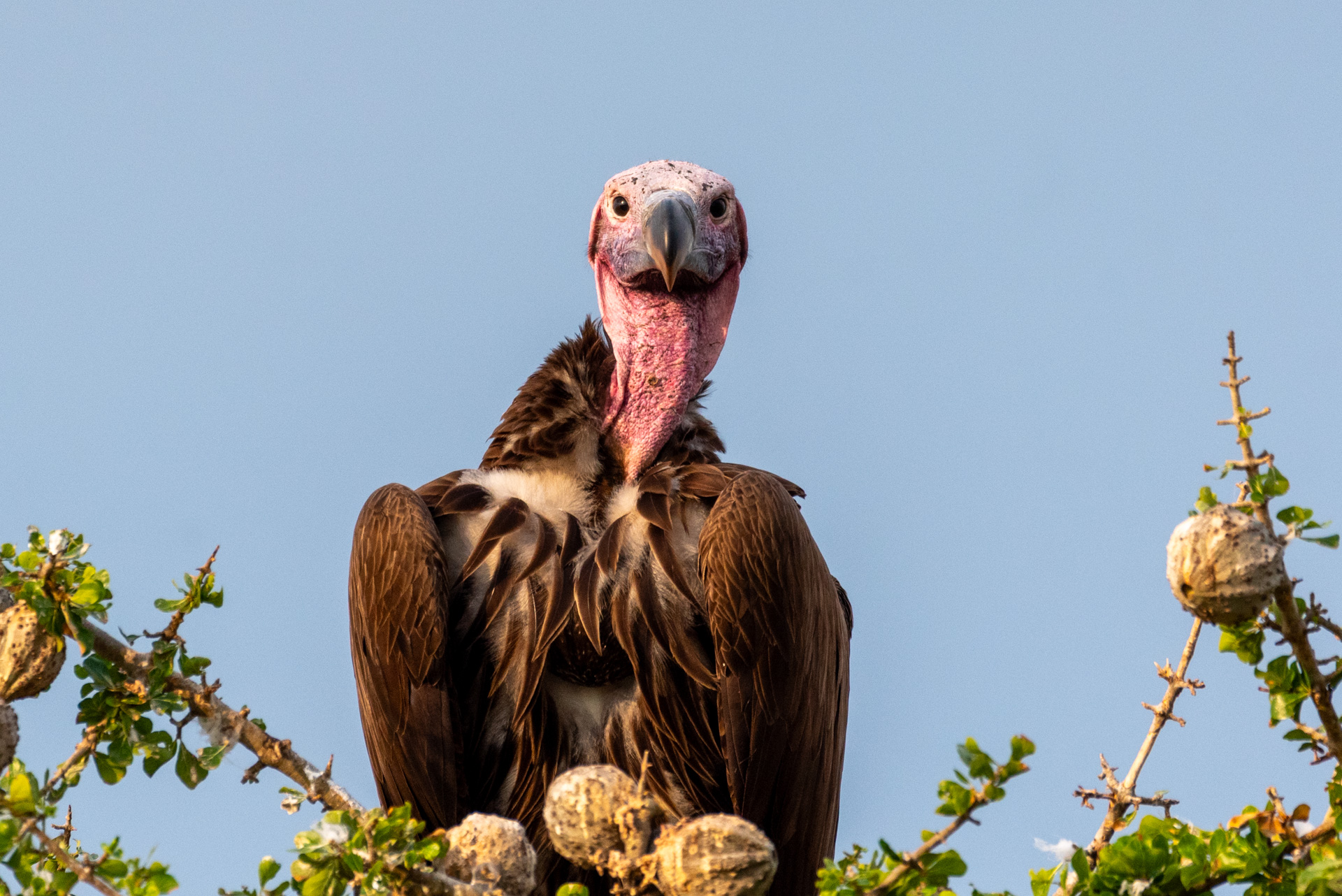
As you embark on your safari adventure, take a moment to truly admire and appreciate the invaluable contributions of this cleanup crew. The hyenas and vultures, with their unwavering dedication to cleansing the landscape of decay, demonstrate a remarkable harmony within the intricate web of life. By acknowledging their role in sustaining the well-being of the ecosystem, you'll gain a deeper appreciation for the intricate interplay of nature's forces.
This week, we also encountered the not-so-small cubs of the Swamp lioness. These cubs have grown significantly and now, at around two years of age, the males proudly display their developing manes. Soon, their mother may initiate mating once more, which means the young ones will be weaned off and left to fend for themselves.
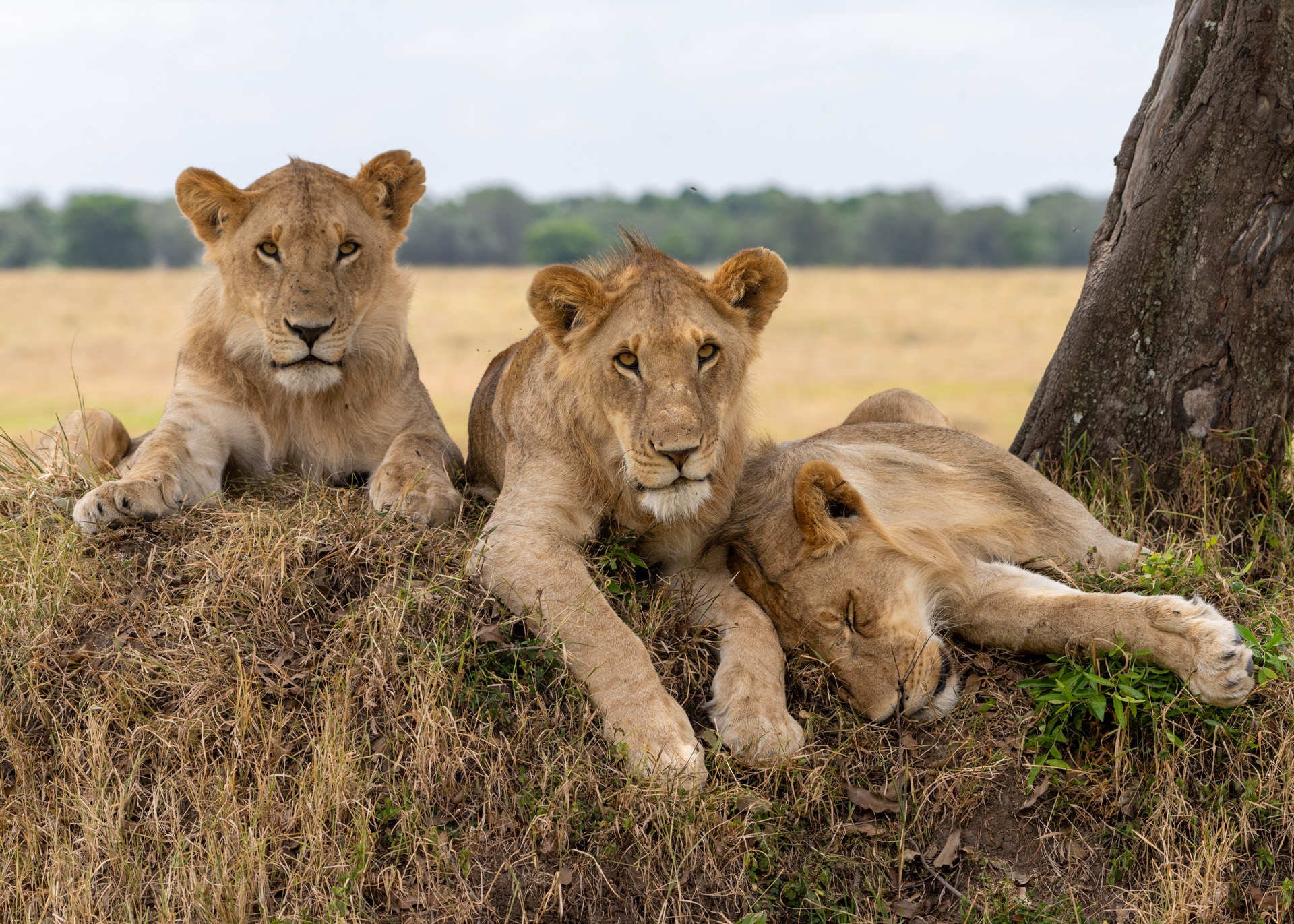
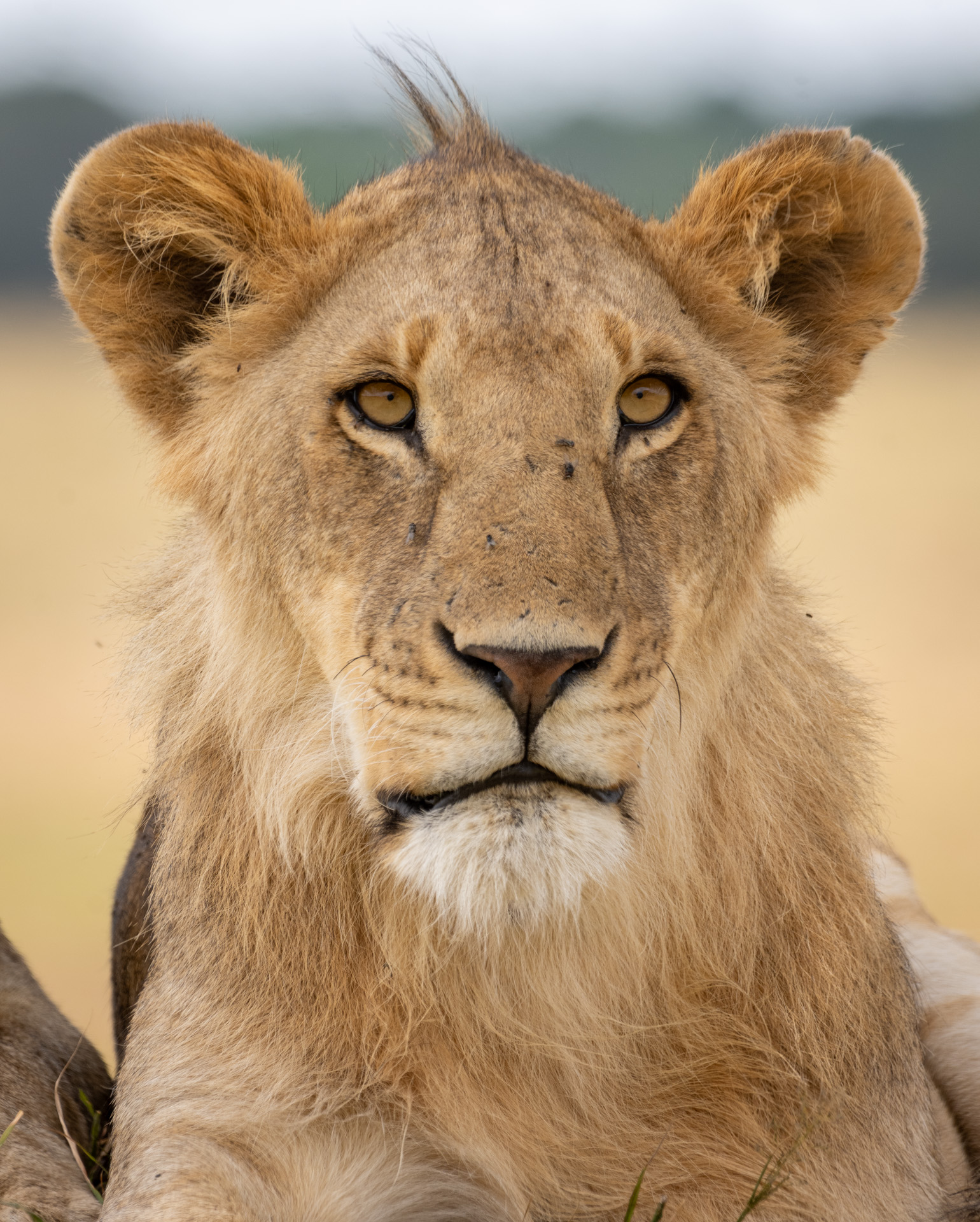
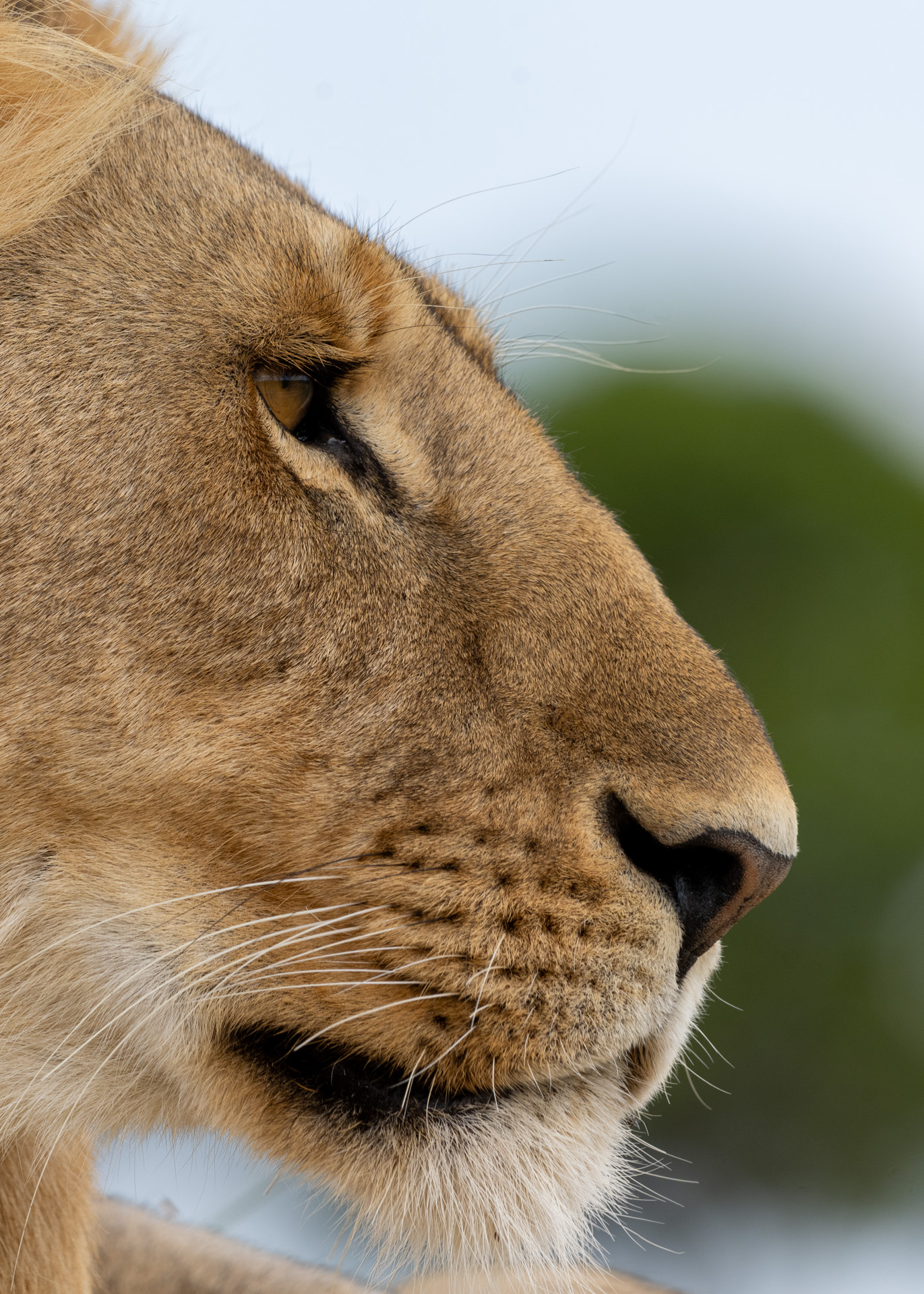
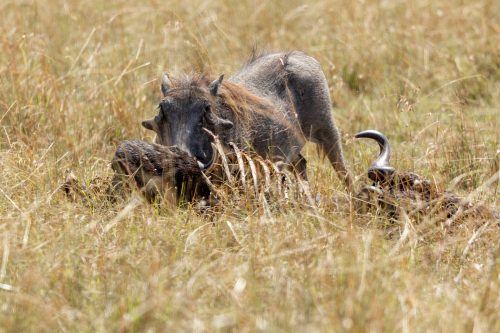
This time last year, we learnt (with slight disgust) that warthogs will sometimes scavenge the undigested food from the belly of a fellow grazer.
Filed under: This Week at Angama
Subscribe for Weekly Stories
Comments (0):
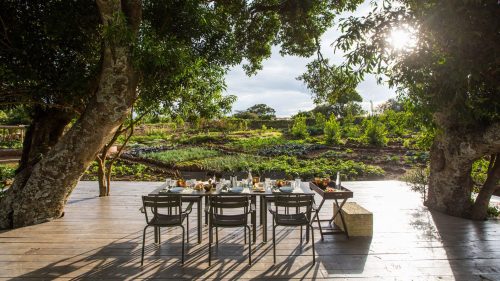
The Angama Shamba